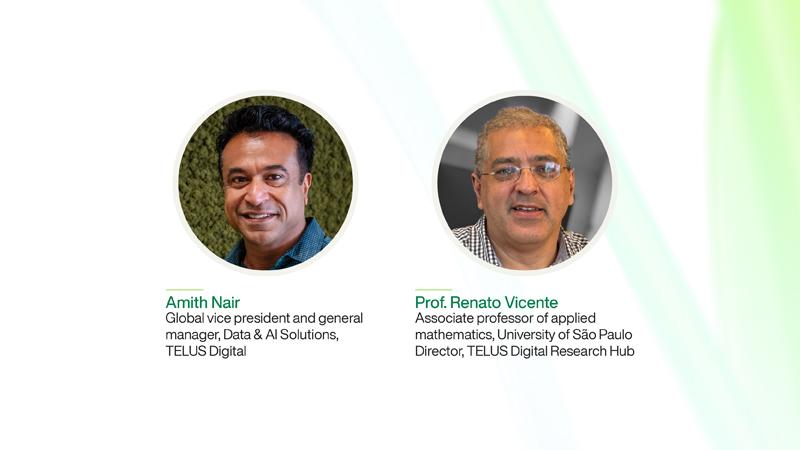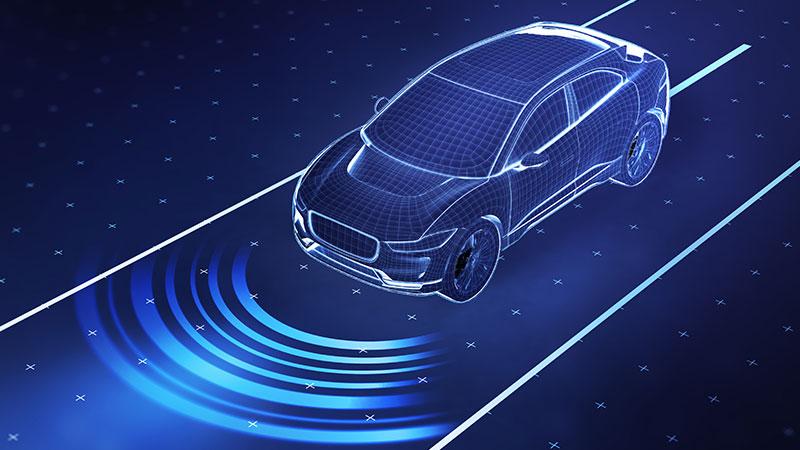- 50,000Facial images collected
- 50Demographically diverse participants
- 100%Quality assurance process
A leading global provider of access control and identity management solutions partnered with TELUS Digital to curate a high-quality, ethically-sourced biometric dataset to train and enhance their proprietary facial recognition camera system. The project involved a fully managed data collection initiative at our secure facility in Las Vegas, designed to capture 50,000 diverse facial images across a wide range of live and sophisticated 2D-spoofing scenarios.
The challenge
Before partnering with us, the client faced significant challenges with other data providers that affected their development cycle. This included datasets that lacked the precision and reliability needed for advanced model training, causing delays and rework. They were left with unresolved questions around participant handling and data governance with prior partners. This caused inefficiencies with project pricing and delivery timelines.
The project demanded the capture of a demographically diverse dataset under tightly controlled lighting conditions and the realistic simulation of sophisticated spoofing attacks. They needed a trustworthy partner capable of creating a complex, high-volume dataset while delivering the highest standards of quality and data governance.
The TELUS Digital solution
TELUS Digital developed a structured, end-to-end solution that addressed the client’s business and technical requirements with transparency, precision and expertise. We sourced 50 participants across varied demographics to reflect a representative sample of the U.S. population in terms of age, gender and ethnicity. We conducted all operations in our secure Las Vegas facility, leveraging the client’s own industry-grade facial recognition hardware to ensure consistency and fidelity throughout the project. The entire project was organized into two distinct phases:
Phase 1: Live image capture
We collected 20,000 live images using the client’s proprietary cameras. Each of the 50 participants contributed 200 images per device, captured across varied poses, distances (1 foot to 4 feet) and lighting setups. The image capture was divided into five unique sets per participant to avoid redundancy.
Data diversity was achieved through:
- Six lighting conditions, including both natural and artificial light.
- A range of poses (frontal, profile, movement) and expressions (smiling, speaking).
- Accessory variation, with and without glasses.
Phase 2: 2D-spoof image capture
To enhance the resilience of facial recognition systems against fraudulent access, we also developed a simulated spoofing attack dataset, capturing 30,000 spoof images using a variety of techniques and materials.
Our spoof scenarios included:
- 2D printouts using different paper types (glossy, matte) and printing technologies (inkjet, laser).
- Masks with varied facial cutout styles.
- Digital displays such as laptops, tablets and e-readers, showing static images and video playbacks.
Each spoof type was captured under the same six lighting conditions as the live image phase and repeated with and without glasses to maintain consistency across datasets.
To set a clear quality benchmark from the start, we submitted a 10% calibration batch for client approval, which then guided all our subsequent data collection. A 100% quality assurance (QA) process ensured every deliverable met the client’s standards.
Furthermore, our dedicated on-site project management team maintained constant on-site visibility and established clear, frequent communication channels. This allowed us to proactively resolve bottlenecks, facilitate rapid decision-making and stay fully aligned with the client's evolving requirements.
By establishing all expectations upfront, we ensured transparent pricing and executed the entire project, from setup and calibration to final delivery, within the expected timeline.
The results
In total, we captured 50,000 images from 50 demographically diverse participants, ensuring variety across six lighting conditions, multiple head poses and with and without accessories, like glasses.
Our collaboration provided a high-integrity dataset that accelerated the client’s product development. Our adherence to demanding technical and ethical standards helped the client expand the scope into new data collection initiatives to improve their product, promoting a strong and ongoing partnership built on trust and performance.





